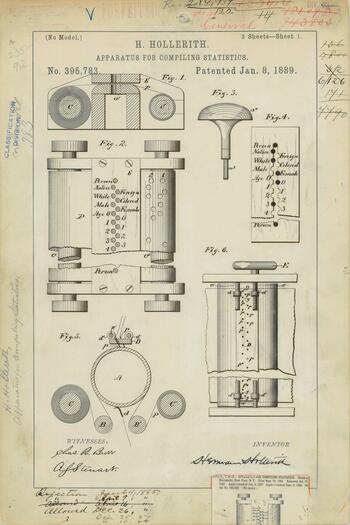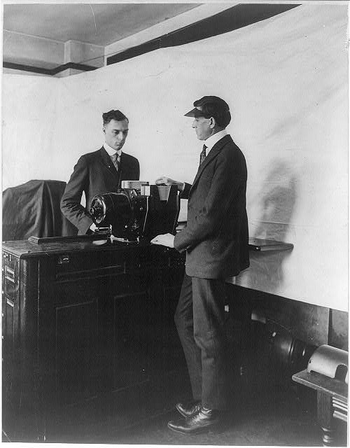The US Census Bureau website describes the agency’s origins:
“Recognizing the growing complexity of the decennial census, Congress enacted legislation creating a permanent Census Office within the Department of the Interior on March 6, 1902. In 1903, the Census Office was moved to the newly created Department of Commerce and Labor. It remained within Commerce when Commerce and Labor split into separate departments in 1913.”
Examples of the Census Bureau's innovations include the punch card and electronic tabulator technology developed by Herman Hollerith to speed the tallying of the 1890 census. The Census Bureau continued updating and using Hollerith's electronic tabulators until the 1950 census when they were replaced by UNIVAC I, the first modern computer installed by a civilian government agency.
In the 1970s, the agency developed Dual Independent Map Encoding (DIME) files and the TIGER system designed in the 1980s laid the groundwork for today's geographic information system industry. The global positioning systems many Americans rely on in their automobiles and cell phones, as well as online mapping websites owe their existence to the Census Bureau's geographic and cartographic innovations.
Patent Drawing for H. Hollerith's Apparatus for Compiling Statistics, 1/8/1889. Source: The National Archives.
Title: Clerks working a census tabulator. Photograph shows two clerks operating a tabulator head with feeding device; clerks watch stacks of cards showing positions before and after the tabulating operation, 1920. Source: Photograph and Prints Division at the Library of Congress.

